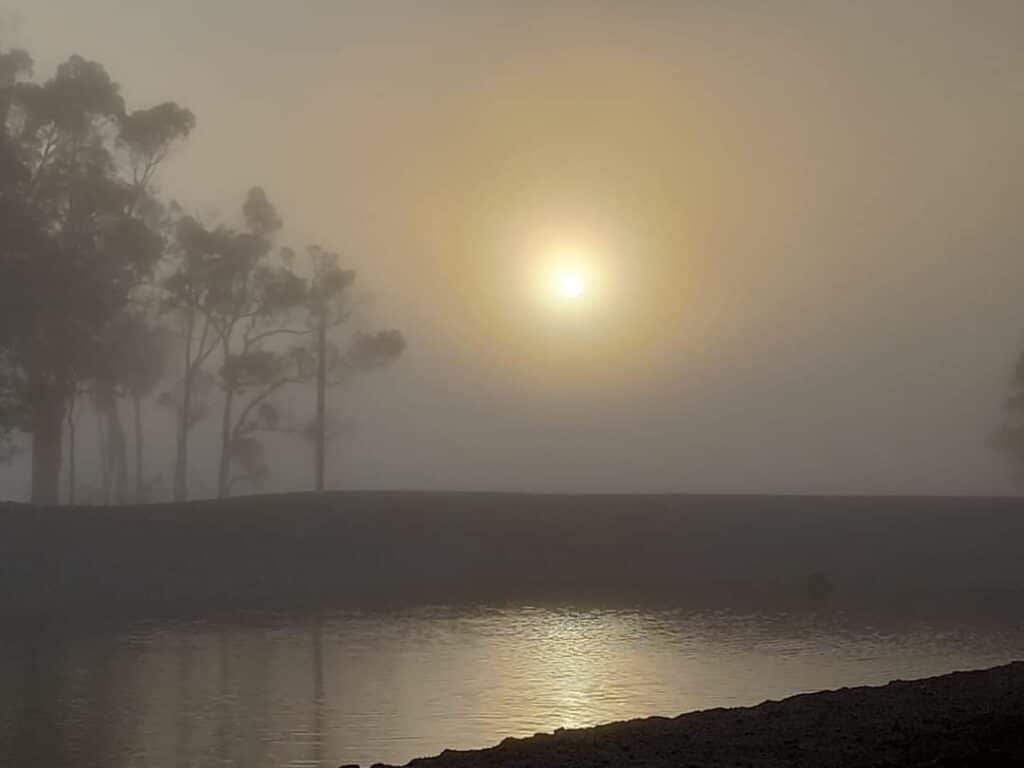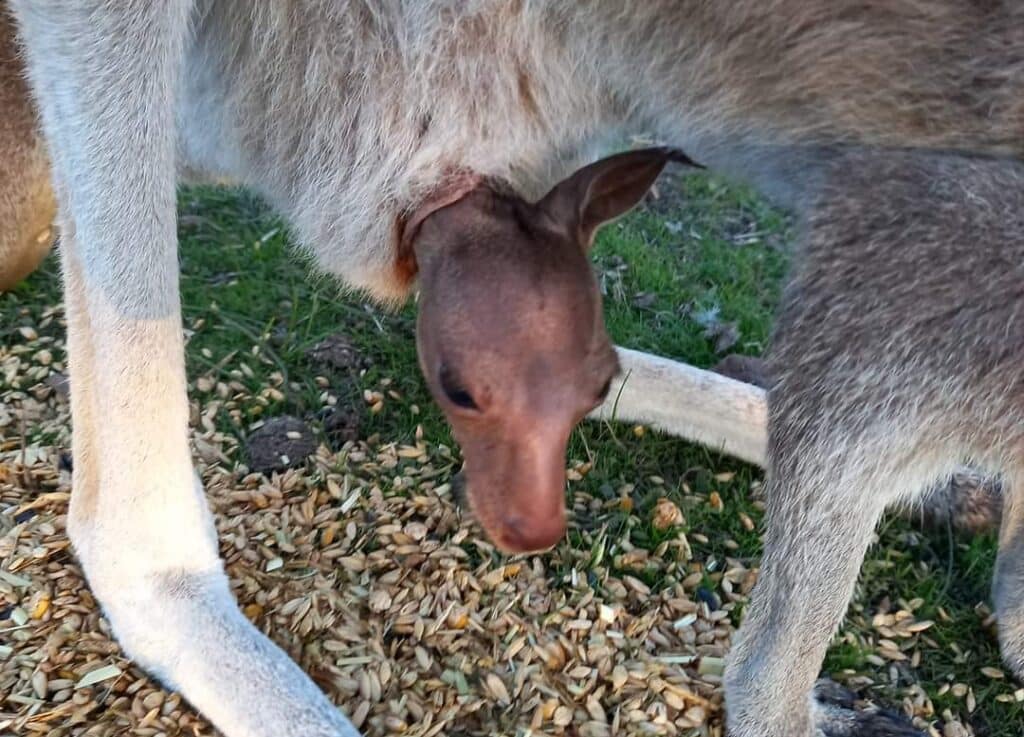Claire Pragnell and Michael Jackson are the owners of Karlup Animal Sanctuary, a property situated in Forest Hill, around 20km west of Mount Barker, Western Australia. Karlup Animal Sanctuary is a dedicated wildlife sanctuary and bush regeneration site as well as a refuge for retired racehorses and other rescued farm animals. Claire and Michael aim to create an ideal release site for wildlife by protecting natural water sources, building wildlife corridors, supporting threatened species and enhancing biodiversity.
Karlup Animal Sanctuary spans 70.8 hectares, surrounded by thousands of hectares of nature reserves. The property was previously a farm and then a blue gum plantation, and the owners have worked to restore the land by removing the planted trees and resowing pasture for the resident farm animals.
Claire and Michael now wish to build habitat connectivity as part of the Gondwana Link by carefully restoring native plants; fencing and revegetating remnant stands of trees; and supporting existing dams and water sources. These wildlife corridors will make new habitat and food sources accessible to wildlife while creating livestock exclusion zones and shelterbelts on the paddocks.
Remnant vegetation on the property is comprised of Jarrah (Eucalyptus marginata), marri (Corymbia calophylla) and wandoo (E. wandoo) woodland. The land also features native grasslands, sheoak, Xanthorrhoea and acacia species.
Wildlife currently found on the property includes western grey kangaroos (Macropus fuliginosus), emus (Dromaius novaehollandiae), magpies (Gymnorhina tibicen), New Holland honeyeaters (Phylidonyris novaehollandiae), grey shrike-thrushes (Colluricincla harmonica), splendid (Malurus splendens) and superb (Malurus cyaneus) fairywrens, silvereyes (Zosterops lateralis), willie wagtails (Rhipidura leucophrys), scarlet robins (Petroica boodang), ducks, parrots, frogs, and lizards including shinglebacks (Tiliqua rugosa).
With revegetation, the property may provide habitat or wildlife corridors for threatened species such as western ringtail possums (Pseudocheirus peregrinus occidentalis), Baudin’s (Calyptorhynchus baudinii) and Carnaby’s (Calyptorhynchus latirostris) cockatoos, forest red-tailed black cockatoos (Calyptorhynchus banksii naso), brush-tailed phascogales (Phascogale tapoatafa wambenger) and quendas (Isoodon fusciventer).





